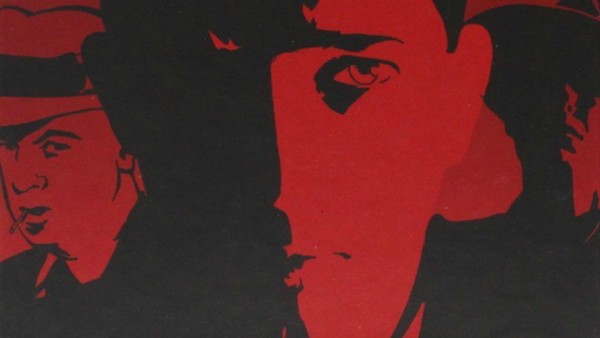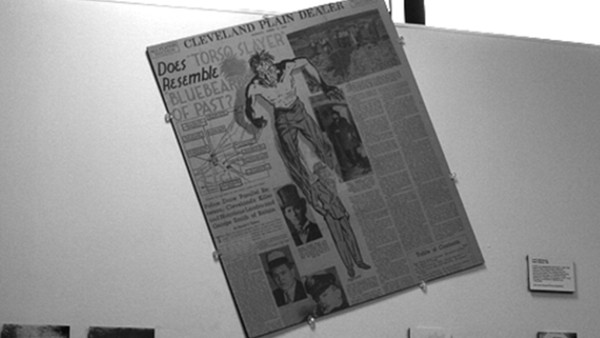What Happened After THE UNTOUCHABLES
2. How The 'Mad Butcher' Ruined Ness' Career

With more victims emerging and it becoming clear that the killer was targeting the shanties in Cleveland, Ness resorted to drastic - and callous - measures.
In order to deprive the murderer of his hunting grounds, on August 18, 1938, Ness raided and burned Kingsbury Run, an act that drew widespread condemnation from the public and the press. The killings stopped shortly after, but Ness' decision to burn the shantytown was justly criticised. The public turned against the once hero lawman, and when Ness finally decided to run for Mayor of the city in 1947, he lost by a landslide.
The decision to fire Kingsbury Run wasn't the end of the story though. That same year, Ness and detectives from the Cleveland PD homed in on one suspect - a surgeon and World War I veteran called Dr. Francis Sweeney. Sweeney, substituted for Gaylord Sundheim in the Torso comic (the pseudonym Ness himself ostensibly used to refer to the suspect), was interrogated personally by Ness and reportedly failed a polygraph twice, but they were unable to secure a conviction.
Ostensibly, Ness wasn't optimistic that he'd be able to convict Sweeney as he was related to Congressman Martin L. Sweeney. It didn't matter though. The doctor committed himself to a hospital shortly after Ness' interrogation, and he even sent the Safety Director threatening postcards up until his death in 1964 (something also echoed in Bendis and Andreyko's comic).

No other suspects as compelling as Sweeney emerged following his confinement, but connections to the Torso killings didn't stop there. Another suspect, Frank Dolezal, was arrested in 1939, and died under suspicious circumstances in police custody. The LAPD investigated another potential Torso killing in Los Angeles in 1939, but they found only animal remains. Eleven years later, the headless corpse of Robert Robertson was discovered in Cleveland, and while Robertson's profile matched up with other Torso victims, investigators concluded it was unrelated to the twelve deaths from 1935-1938.
The case went cold, and Ness never really recovered. Following his failed mayoral campaign, the former Safety Director suffered repeat financial setbacks and passed away before his autobiography would resurrect his hero status, with The Untouchables being published in 1957, three years after his death. The Torso Killings effectively ended his career, and it remains the case to this day that his (admittedly marginal) role in the investigation has gone neglected, with many preferring instead to focus on his exploits in Prohibition-era Chicago.